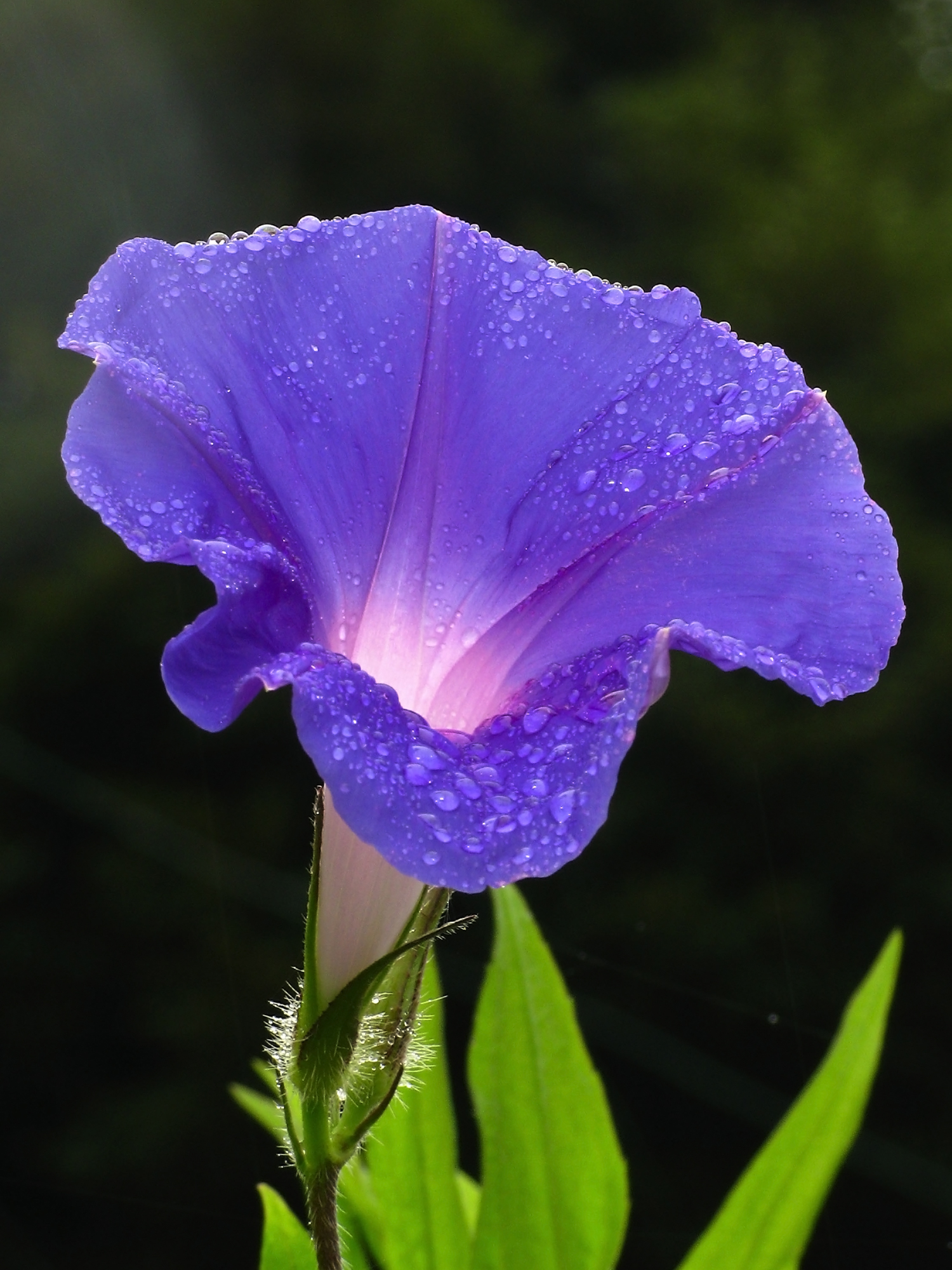|
Penniclavine
Penniclavine is an ergot alkaloid that has been found in morning glory species such as ''Argyreia nervosa ''Argyreia nervosa'' is a perennial climbing vine native to the Indian subcontinent and introduced to numerous areas worldwide, including Hawaii, Africa, and the Caribbean. Though it can be invasive, it is often prized for its aesthetic and med ...'' (Hawaiian baby woodrose). It was first described by the 1950s. References Ergot alkaloids {{Alkaloid-stub ... [...More Info...] [...Related Items...] OR: [Wikipedia] [Google] [Baidu] |
Ergot Alkaloid
Ergoline is a core structure in many alkaloids and their synthetic derivatives. Ergoline alkaloids were first characterized in ergot. Some of these are implicated in the condition of ergotism, which can take a convulsive form or a gangrenous form. Even so, many ergoline alkaloids have been found to be clinically useful. Annual world production of ergot alkaloids has been estimated at 5,000–8,000 kg of all ergopeptines and 10,000–15,000 kg of lysergic acid, used primarily in the manufacture of semi-synthetic derivatives. Others, such as lysergic acid diethylamide, better known as LSD, a Semisynthesis, semi-synthetic derivative, and ergine, a natural derivative found in ''Argyreia nervosa'', ''Ipomoea tricolor'' and related species, are known Psychedelic drug, psychedelic substances. Natural occurrence Ergoline alkaloids are found in fungi such as Claviceps purpurea, Claviceps paspali, and the related Periglandula, which have a permanent, symbiotic bond with numerous ... [...More Info...] [...Related Items...] OR: [Wikipedia] [Google] [Baidu] |
Morning Glory
Morning glory (also written as morning-glory) is the common name for over 1,000 species of flowering plants in the family Convolvulaceae, whose taxonomy and systematics remain in flux. These species are distributed across numerous genus, genera, including: * ''Argyreia'' * ''Astripomoea'' * ''Calystegia'' * ''Convolvulus'' * ''Ipomoea'' (the largest genus) * ''Lepistemon'' * ''Merremia'' * ''Operculina'' * ''Rivea'' * ''Stictocardia'' ''Ipomoea tricolor'', commonly known simply as "morning glory", is the archetypical species for the group and is renowned for its many beautiful varieties, such as 'Heavenly Blue', 'Flying Saucers', and 'Pearly Gates'. As the name suggests, most morning glory flowers open early in the day and begin to fade by late morning, as the Corolla (botany), corolla starts to curl inward. They thrive in full sun and prefer mesic habitat, mesic soils. While many species are known for their diurnal blooming pattern, some, such as ''Ipomoea muricata'', ''Ipo ... [...More Info...] [...Related Items...] OR: [Wikipedia] [Google] [Baidu] |
Argyreia Nervosa
''Argyreia nervosa'' is a perennial climbing vine native to the Indian subcontinent and introduced to numerous areas worldwide, including Hawaii, Africa, and the Caribbean. Though it can be invasive, it is often prized for its aesthetic and medicinal value. Common names include Hawaiian baby woodrose, adhoguda अधोगुडा or vidhara विधारा (Sanskrit), elephant creeper and woolly morning glory. Its seeds are known for their powerful entheogenic properties, greater or similar to those of Ipomoea species, with users reporting significant psychedelic and spiritual experiences. The two botanical varieties are ''Argyreia nervosa'' var. ''nervosa'' described here, and ''Argyreia nervosa'' var. ''speciosa'', the roots of which are used in Ayurvedic medicine. ''Argyreia nervosa'' contains various ergoline alkaloids such as ergine. A study reported stereoisomers of ergine to be found in the seeds at a concentration of 0.325% of dry weight. Two modern studies from a ... [...More Info...] [...Related Items...] OR: [Wikipedia] [Google] [Baidu] |
